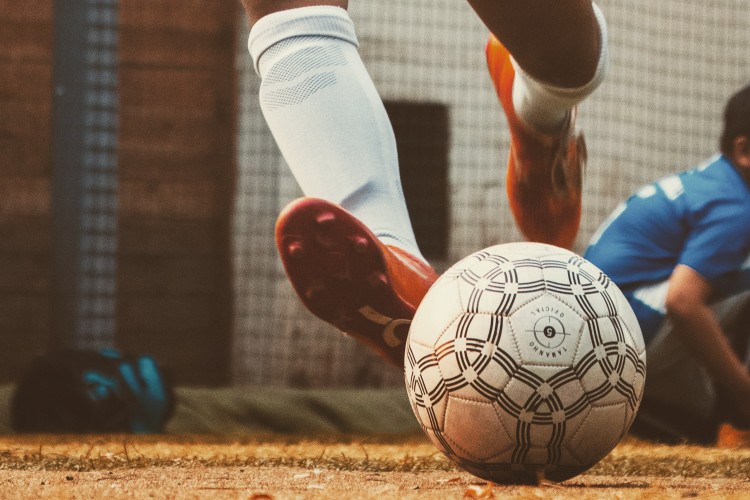The best way to find out how to step is to see an orthopedic doctor, preferably specializing in ankle and foot. If any disease is not diagnosed, it is necessary to do tests with a physiotherapist specializing in baropodometric, the gait analysis.
The ideal way to examine a footfall would be biomechanical assessment in the laboratory with two- or three-dimensional cameras and reflective markers in specific positions. As this is not feasible for everyone, a more straightforward way would be to analyze the wear of the sole.
The disposition of the knees also influences the step. This joint may have some deviations classified in two ways: Knee valgus, which consists of the approximation of the joints and the distance of the feet, characterizing the so-called inward legs. And the varus knee, which represents the arching of the legs, promoting the projection of the joint’s outwards.
It is best to evaluate a neutral shoe when climbing, that is, a shoe with the same support on both sides of the midsole, without any technology to control pronation. Note the wear of the sole of an old tennis shoe, preferably with a straight sole:
- Uniform Wear: Neutral Stepping
- Wear on the Internal Part: Pronated Stepping
- Wear on the Outside: Supinated Stepping
If you don’t have access to the experts mentioned and you don’t have an old neutral shoe to know what your tread is, a home test can help:
Wet the sole of your foot and walk on any sheet of paper; it could be a newspaper from yesterday. Then compare the drawing made on the sheet to see if your step is standard, pronated, or supinated.
If your tread is regular, the wet areas on the paper will be more even. If you have a flat tread on the entire area, your foot touches will get wet, indicating that you have a flat foot. The wettest areas will be the heel and toe in the supine step, which shows that you have a hollow foot.
For You Athlete
Purchasing a quality sneaker should not be seen as an expense but as an investment made for your health. The effects of not wearing proper shoes range from superficial injuries, such as corns and blisters, to bone injuries, such as stress fractures, and chronic problems, such as tendonitis, shins, and bone deformities, bunions, and claw toes.




